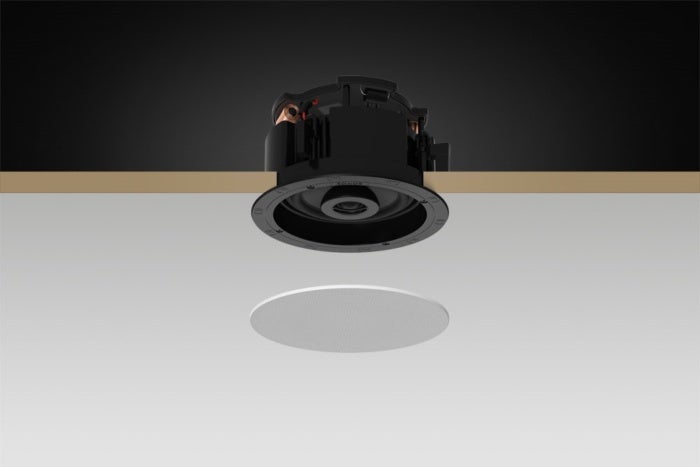
The Amp doesn’t have an in-built microphone, but it will respond to voice commands issued to Amazon Alexa- and Siri-powered devices, including, naturally, the Sonos One and Beam. The Sonos app remains vastly superior to that of any of its rivals and an excellent way to control products, including the Amp, but the company is also taking strides towards making the system increasingly hands-free. Sonos has heavily hinted at hi-res being part of that update, which the Amp will get but the ZonePlayer 100 and most Connect:Amps will not. Of course, this may well change when the somewhat controversial Sonos S2 platform launches in May 2020. CD-quality continues to be the upper limit for Sonos, at least for now. If, though, you’d hoped that this refreshed embracing of hi-fi might bring with it support for hi-res music, you’re going to be disappointed: Sonos is sticking to its established stance on hi-res, which essentially boils down to it being more trouble than it’s worth. Of course, the Amp also has all of the music streaming skills of every other Sonos device, so gives you access to music from practically every service under the Sun, and allows you to combine it with your own digitally stored tunes in on-the-go queues. This makes it far more capable of powering bigger, more demanding speakers. Otherwise, though, the Amp is designed to be more flexible than the Connect:Amp when it comes to powering third-party speakers, most notably in the increase in power from 55W to 125W. If you connect the Amp to a pair of Sonance speakers, you can use the Trueplay feature to tune the sound to your room. These are not Sonos speakers in the usual sense, but passive speakers designed to complement Sonos products in terms of finish and sonic character. Sonos has partnered with Sonance to create the Sonos Architectural by Sonance range of speakers, which includes an in-wall speaker, in-ceiling speaker and an outdoor speaker.

The Amp can alternatively be set to output in dual-mono so that it sends the same sound to both speakers, which can be useful if you’re using ceiling or even outdoor speakers with which you’re not intending to create a stereo image. Sonos says that isn't an issue as it creates a phantom centre channel through careful, precise processing. There’s no way to create a 5.1 system, though, as there’s no output for a centre channel.


We had everything up and running perfectly in minutes.Īs with the Beam, Playbar and Playbase, two Sonos speakers (such as Ones) can be used as surround channels with the Amp, or you can instead add a second Amp connected to any two extra speakers you like to create a 4.0 system – or even 4.1 if you add a wired subwoofer or the wireless Sonos Sub. That might make it restrictive for serious home cinema users, but for the intended audience it makes for a simple, seamless setup.

#Sonos sonance tv
As with the Beam, the Amp is intended for use in simple systems with few video sources, all of which are plugged directly into the TV and have their audio piped back out to the sound system via ARC. That HDMI socket gives the Amp all of the TV-partnering features of the Sonos Beam, including automatic switching to TV audio when required and volume control via your TV’s original remote. But there’s one important addition: an HDMI socket. Around the back of the Amp you’ll find all of the connections of the Connect:Amp – two pairs of speaker terminals, a subwoofer output, two ethernet sockets, and a stereo analogue input.


 0 kommentar(er)
0 kommentar(er)
